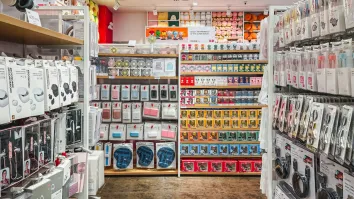‘Insurgent’ brands: A credible and rising phenomenon reshaping luxury
Emerging local and authentic brands are rapidly gaining market share, compelling established heritage brands to adapt their strategies for relevancy and premiumisation.
The luxury retail landscape is witnessing a significant shift with the rise of “insurgent brands,” a serious contender to established players as they could communicate more closely to various consumer groups, particularly those who belong to young age groups.
Insurgent brands, characterized by their agility, authenticity, and direct consumer engagement, are increasingly taking market share from traditional, large-scale players.
“It can be a pretty serious threat,” said Rakesh Mani, Partner, Southeast Asia, PwC Strategy&. "Younger, smaller, more authentic brands have direct ways of communicating with core consumer groups, particularly young consumers who are increasingly spending more."
“They are about to do that quite successfully. [They are] growing from strength to strength, maybe not as one individual brand doing a lot of it themselves but it’s really a collective of multiple brands nipping at the heels of a lot of big businesses,” he added.
This trend, he noted, is not just about individual brands making strides but a collective movement challenging the dominance of big businesses.
Ranveer Shrivastav, Director, Southeast Asia, PwC Strategy&, said that a lot of these “insurgent” brands are local and target consumers from their respective countries, competing with the presence of heritage brands.
However, he added that heritage brands will continue to lead the luxury industry in terms of premiumisation in loyalty programmes to remain relevant in their customer base.
“It’s a rise of those local brands, which are oftentimes not seen at a headquarter level, that are the ones which will reshape the industry going forward,” Shrivastav said.
“Does that mean that heritage brands need to be super cautious? I would be a little bit careful about painting that picture because there’s definitely a space for heritage brands,” he added.
One strategy employed by luxury players, as Shrivastav points out, is balancing accessibility with exclusivity. He mentions a luxury brand that adjusted its product portfolio to be more accessible in areas like makeup and skincare while maintaining exclusivity in high-end products like major handbags, ready-to-wear, watches, and fine jewellery.
This approach allows brands to stay relevant across different income brackets and consumer preferences.
Mani added heritage brands should continue and evolve the way of telling their stories and be updated on the various consumer segments as they are not the same as they were a decade ago.

















 Advertise
Advertise








